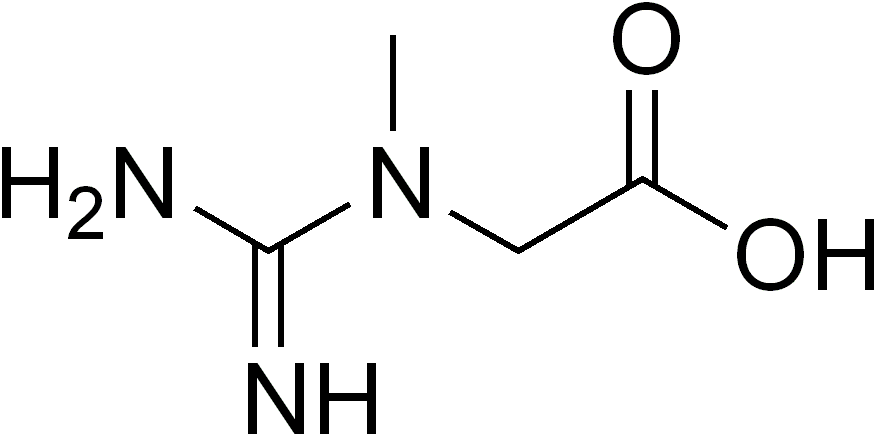X-Linked Creatine Transporter Deficiency

X-linked creatine transporter deficiency (CRTR-D) is a creatine deficiency syndrome characterized clinically by global developmental delay/ intellectual disability (DD/ID) with prominent speech/language delay, autistic behavior and seizures.
Epidemiology
CRTR-D has been reported in more than 150 individuals worldwide.
Clinical description
The onset of symptoms occurs during infancy, usually before the age of 2 years. Males are mainly affected, but females can also have various combinations and severities of disease manifestations. CRTR-D is consistently characterized by mild to severe intellectual deficit, and expressive speech and language delay. Behavioral disorders (mainly autism and hyperactivity) are present in all affected individuals. Affected individuals often experience seizures and may present low weight gain, muscular hypotonia, and poor muscle mass. Subtle dysmorphic features such as midface hypoplasia, long face, and prominent chin have been reported in various affected male patients. Epilepsy and extrapyramidal symptoms may also occur occasionally. In adult patients, cardiac and gastrointestinal disorders have been reported. Carrier females are typically asymptomatic, but learning disabilities have been described in some.
Etiology
CRTR-D is mostly due to frameshift and splicing mutations in the creatine transporter gene SLC6A8 (Xq28) that result in a cerebral creatine deficiency. An estimated 20% of SLC6A8 mutations can be accredited to de novo mutations, or germinal or somatic mosaicism events.
Diagnostic methods
Diagnosis should be suspected clinically in children with DD/ID plus autistic behavior, as they are considered at risk. Diagnosis is based on the determination of urinary creatine excretion (which is elevated, particularly when measured as urinary creatine to creatinine ratio) and demonstration of creatine deficiency in the brain (as shown by magnetic resonance spectroscopy). These features are less pronounced in females. Diagnosis is confirmed by genetic testing for mutations in the SLC6A8 gene. Creatine uptake studies in cultivated fibroblasts are used to verify the pathogenetic relevance of genetic variants of unclear significance.
Differential diagnosis
Differential diagnosis includes other disorders of creatine deficiency syndrome like guanidinoacetate methyltransferase deficiency and L-arginine:glycine amidinotransferase deficiency (see these terms). In cases with partial cerebral creatine deficiency, argininosuccinic aciduria, citrullinemia type I, and gyrate atrophy of the choroid and retina (see these terms) should be considered.
Antenatal diagnosis
Pre-implantation or prenatal genetic diagnosis for at risk couples is possible if the mutation has been identified in an affected family member.
Genetic counseling
CRTR-D occurs de novo or is inherited in an X-linked manner, with a carrier female having a 50% risk of transmitting the mutation to her offspring. Carrier testing for at-risk relatives in cases of family history is recommended.
Management and treatment
Treatment with high dosages of creatine monohydrate, alone or combined with L-arginine and glycine, has resulted in clinical improvement of seizures and behavior in some patients, but in most cases, it does not appear to increase cerebral creatine. Treatment may also increase muscle mass and improve motor skills, as observed in a small cohort.
Prognosis
CRTR-D is not a life threatening disease; however life expectancy is limited, particularly in those who have severe seizures and associated physical handicaps.